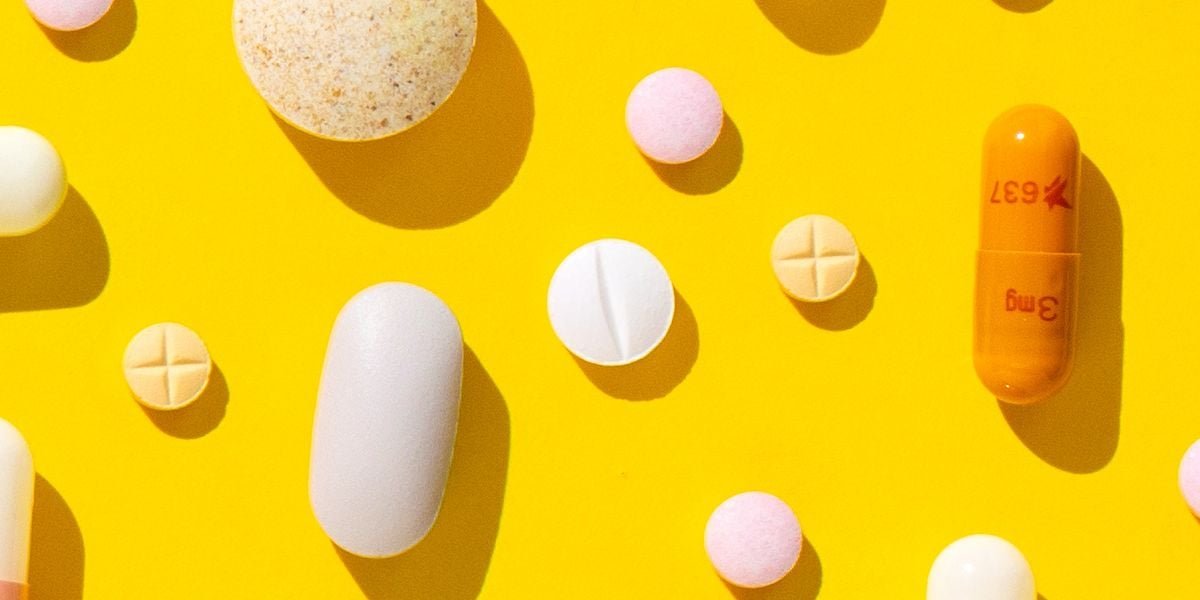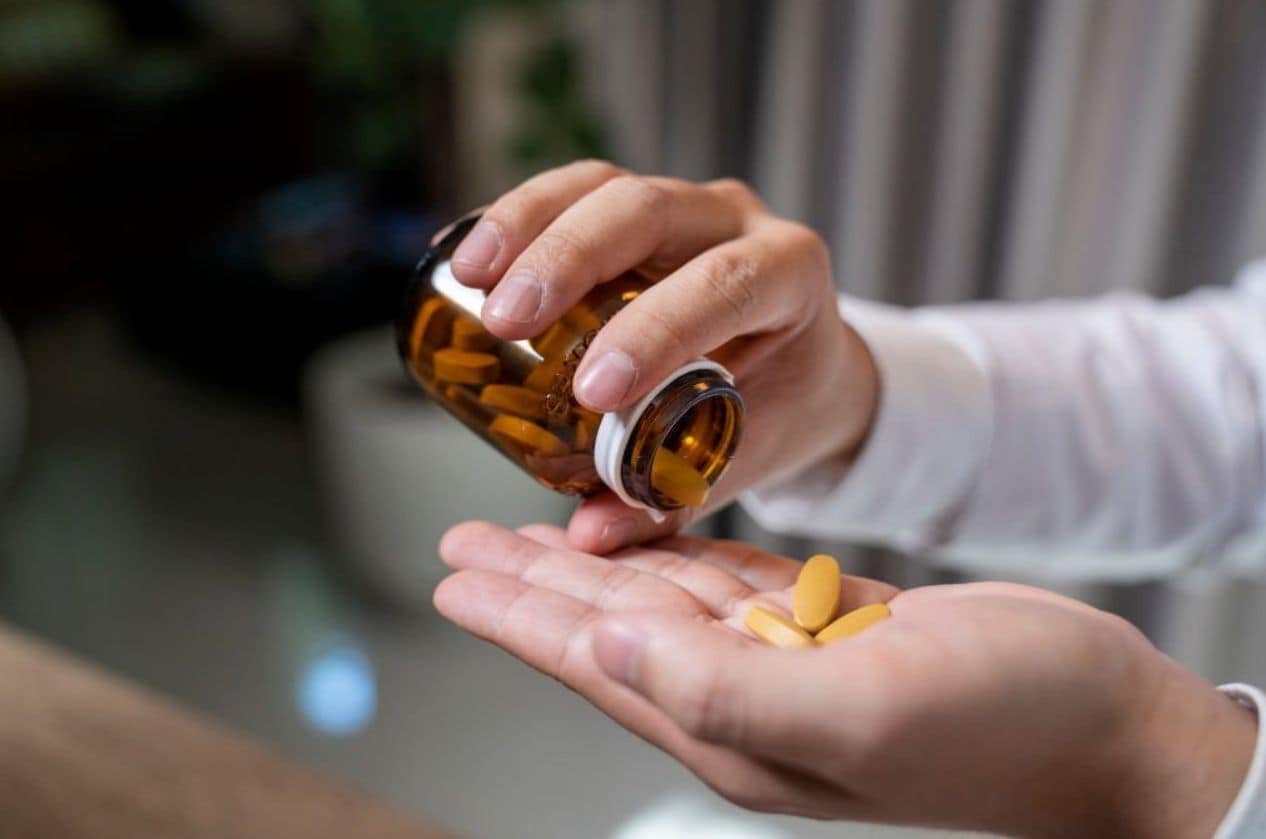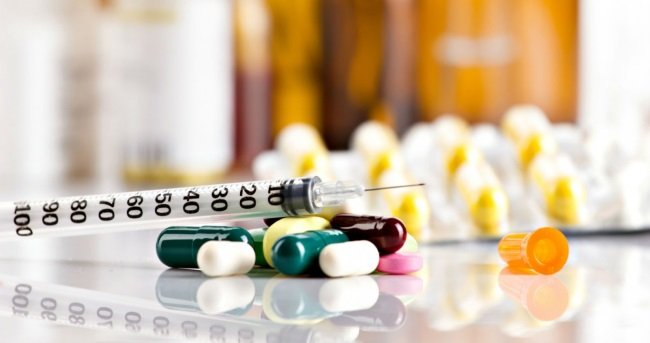Anti Psychotic Drugs – This book covers the entire syllabus of “Pharmacology” prescribed by BNMC- for diploma in nursing science & midwifery students. We tried to accommodate the latest information and topics. This book is an examination setup according to the teachers’ lectures and examination questions.
At the end of the book, previous questions are given. We hope in touch with the book students’ knowledge will be upgraded and flourish. The unique way of presentation may make your reading of the book a pleasurable experience.
Anti Psychotic Drugs
Definition of Anti Psychotic Drug:
Antipsychotics, also known as neuroleptics, are a class of psychotropic medication primarily used to manage psychosis (including delusions, hallucinations, paranoia or disordered thought), principally in schizophrenia but also in a range of other psychotic disorders.
or
Antipsychotic medications can reduce or relieve symptoms of psychosis, such as delusions (false beliefs) and hallucinations (seeing or hearing something that is not there).

Anti-psychotic drugs:
According to chemical nature & generation
➤ Typical /1st generation/older/classical anti-psychotic drugs:
- Phenothiazine derivatives:
✓ Chlorpromazine (least potent).
✓ Thioridazine (least potent).
✓ Perphenazine (more potent).
✓ Fluphenazine.
✓ Trifluoperazine.
✓ Prochlorperazine. - Thioxanthene derivatives: Thiothixene.
- Butyrophenone derivatives: Haloperidol.
- Miscellaneous structure:
✓ Pimozide.
✓ Molindone.
➤ 2nd generation / newer anti-psychotic drugs:
- Atypical anti-psychotic drugs:
✓ Clozapine.
✓ Asenapine.
✓ Olanzapine.
✓ Quetiapine.
✓ Paliperidone
✓ Risperidone.
✓ Sertindole.
✓ Ziprasidone
✓ Zotepine.
✓ Aripiprazole.
✓ Carprazine.
✓ Loxapine. - Glutamatergic anti-psychotic drugs:
✓ Bitopertin (a glycine transporter 1 receptor inhibitor).
✓ Sarcoserine (N-methylglycine, another glycine transporter 1 receptor inhibitor).
According to capability of producing anti-muscarinic / extra-pyramidal effects (EPS)
➤ Drugs causing severe EPS (i.e. less anti-muscarinic):
- Haloperidol.
- Fluphenazine.
➤ Drugs causing moderate EPS:
- Chlorpromazine.
- Thiothixene.
➤ Drugs causing less EPS (i.e. high anti-muscarinic effects):
- Clozapine.
- Olanzapine.
- Quetiapine.
- Ziprasidone.
- Aripiprazole
- Resperidone.

According to potencye
➤ Highly potent:
- Fluphenazine.
- Thiothixene.
- Haloperidol.
- Risperidone.
- Olanzapine.
- Aripiprazole.
➤ Medium potent:
- Clozapine.
- Ziprasidone.
➤ Low potent:
- Chlorpromazine.
- Quetiapine.
Four anti-psychotics from different groups:
➤ Phenothiazine derivative : Chlorpromazine
➤ Thioxanthene derivative : Thiothixene
➤ Butyrophenone derivative : Haloperidol
➤ Atypical : Clozapine.
Pharmacokinetics of anti-psychotic drugs:
➤ Absorption: Most anti-psychotic drugs are readily but incompletely absorbed.
➤ Bioavailability: Many of them undergo significant 1 pass metabolism.
- Chlorpromazine: 25-35% bioavailability.
- Haloperidol: 65% bioavailability.
➤ Lipid solubility: Most of them are highly lipid soluble & protein bound (92-99%).
➤ Volume of distribution: They tend to have more volume of distribution.
➤ Elimination half-life: 20-40 hours.
➤ Metabolism: Completely metabolized
Mechanism of Action of Anti-Psychotic Drugs:
Dopamine was discovered and categorized as a neurotransmitter in the late 1950s. There are five pathways, or systems, of dopaminergic receptors in the central nervous system. These systems or pathways include:
➤ Mesolimbic-mesocortical pathway
➤ Nigrostriatal pathway
➤ Medullary-periventricular pathway
➤ Incertohypothalamic pathway
➤ Tuberoinfundibular pathway
These pathways affect thinking, cognitive behavior, learning, sexual and pleasure feelings, and the coordination of voluntary movement. Extra firing (production of this neurotransmitter) of dopamine in these pathways produces many of the symptoms of schizophrenia.
Many atypical or second generation antipsychotics block serotonin (5-HT) receptors in the brain, particula HT₂A receptors the vital players in schizophrenia. In addition, atypical antipsychotics also act on adren cholinergic (muscarinic), and histamine receptors.

Adverse Effects of Anti-Psychotic Drugs:
Autonomic:
➤ Due to a-adrenergic receptor blockade:
- Postural hypotension.
- Reflex tachycardia.
- Cardiac arrhythmias.
- Ejaculatory failure.
➤ Due to muscarinic receptor blockade:
- Tachycardia.
- Urine retention.
- Constipation.
- Dry mouth & skin.
- Blurred vision.
Cardiovascular: (In case of overdose)
➤ Ventricular arrhythmia.
➤ Cardiac conduction block.
➤ Abnormalities in T-wave.
Central nervous system
➤ Extra-pyramidal symptoms: (Motor adverse effects)
- Parkinson’s syndrome.
- Akathisia.
- Acute dystonic reactions.
- Tardive dyskinesia.
- Seizures.
➤ Toxic confusional state (Muscarinic receptor blockade).
➤ Sedation (H,-receptor blockade).
Endocrine adverse effects
➤ Weight gain.
➤ Women: Amenorrhoea, galactorrhoea, false ‘+’ve pregnancy tests, increased libido.
➤ Men: Gynaecomastia, decreased libido.
Ocular
➤ Deposition in the anterior portion of the (eye & lens).
Hypersensitivity:
➤ Agranulocytosis.
➤ Cholestatic jaundice.
➤ Skin eruption.
Limitations/disadvantages of classical anti-psychotics over the atypical / newer anti-psychotics:
➤ Blocks a-receptor: So can produce postural hypotension, reflex tachycardia, arrhythmia & ejaculatory failure.
➤ Block muscarinic receptor: Tachycardia, hypertension, blurred vision, urine retention & constipation.
➤ Block H₁-receptor: Can cause sedation.
➤ Can cause extra-pyramidal syndromes.
➤ Can cause endocrine adverse effects: e.g.
- Weight gain.
- Women: Amenorrhoea, galactorrhoea, false ‘+’ve pregnancy tests, increased libido.
- Men: Gynaecomastia, decreased libido.
➤ Hypersensitivity.
➤ Agranulocytosis.

Read More…
